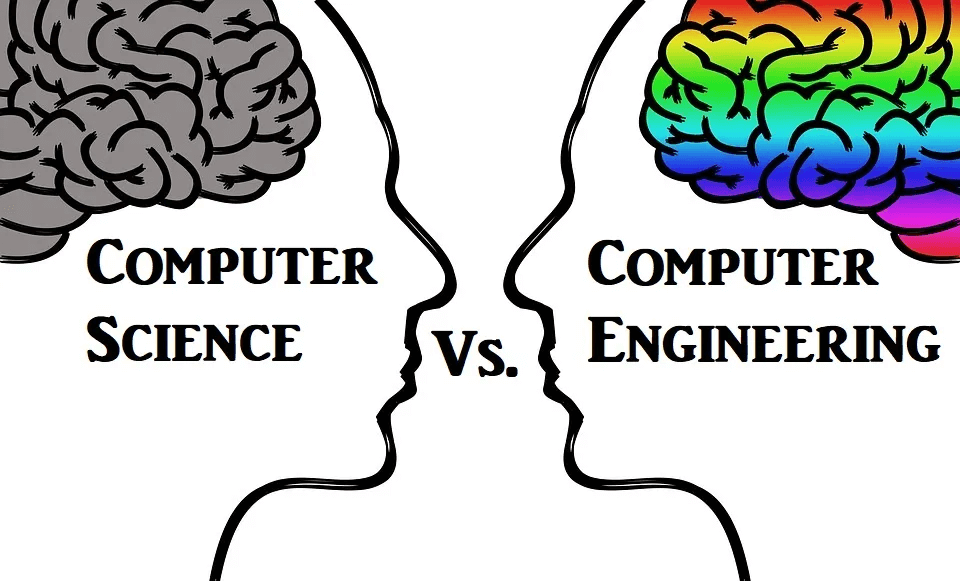Table of Contents
Scalability
Businesses need to be able to scale their IT services to meet their growing needs. A managed IT service provider can be an excellent solution for small business owners. IT outsourcing services can offer a broad range of expertise and scalability that is difficult to match with in-house staff. They can also provide 24/7 support to ensure your IT infrastructure is always up and running. It allows your IT team to focus on more strategic initiatives and improve your company’s overall productivity. However, a drawback of using a managed IT service provider is that you can become dependent on the third-party provider. It can be a problem when resolving IT issues that require hands-on attention. For example, if your third-party IT provider cannot address a cyberattack or hardware failure immediately, this can cause significant disruptions for your business.
Cost
The cost of managing IT infrastructure in-house can be high. It can require a significant investment in space, furnishings, equipment, and salaries for staff. In addition, companies must pay for ongoing maintenance and software licenses to keep up with technology. Managed IT service providers can offer cost savings and efficiency in these areas. MSPs typically employ a team of engineers to ensure they can provide their clients with round-the-clock support. These services are often priced based on a per-device or per-user basis, which can be more affordable than hiring an in-house IT department. However, the MSPs may not be as familiar with the company’s operations and culture as the in-house IT team. It may result in miscommunications and the need for more problem-solving. Also, some companies may give up control of their IT environment to the MSPs. It can be a big concern if the company has sensitive data or is dealing with regulatory compliance.
Flexibility
If your IT team is in-house, they will have a deep understanding of your internal systems and can be available immediately for troubleshooting and support. However, hiring an in-house team requires a substantial budget, including salaries, equipment, and space. It can make it difficult for small businesses to afford. In-house IT teams may need more expertise in certain areas, leading to longer resolution times for complex issues. Also, if a team member leaves, the organization will need time and resources to find and train a replacement.
Furthermore, in-house IT teams may need to rely more on specific technologies or vendors. It can limit an organization’s flexibility and hinder its ability to explore new solutions that could provide a competitive advantage. In contrast, managed IT services offer a flexible, reasonably priced solution that can be tailored to meet the needs of your business. This model can help you save money and focus on more critical projects.
Expertise
In-house IT teams enable unparalleled intricate customization, providing businesses with the autonomy to tailor their IT environments to fit their specific needs. This level of control can offer a competitive advantage in the marketplace. Moreover, an in-house IT team is vested in the company’s success and understands its internal operations more closely than a third-party service provider. It can lead to better communication and a more personal relationship, which some companies prefer. However, maintaining the in-house IT team can also be costly and time-consuming.
Furthermore, they may need more specialized expertise than managed IT services providers provide. It may lead to inefficiencies and a lack of security. Therefore, businesses need to evaluate their IT requirements and consider the pros and cons of each option. The ideal choice will balance cost-effectiveness, scalability, and specialized expertise.
Also, Check – The Ultimate Guide to Choosing the Right CPQ Software for Your Business
Communication
Many clients need more clarity when working with IT service providers. These issues can negatively impact IT service quality, whether it’s a communication breakdown, misaligned expectations, or insufficient information sharing. Ensure the managed service company you choose has a robust technical team and their engineers can address your questions and concerns. It is also essential that your service provider offers round-the-clock network monitoring and remote support so that you can receive help at any time of the day.
Additionally, if an assigned engineer doesn’t have the answer to your IT problem, they should be able to escalate it to another technician who can assist. It can save you both time and money. It’s also essential that your IT service provider stays up-to-date on current technologies and security threats so they can better serve you. They can suggest new hardware or software that can improve your IT infrastructure.
Time
In the digital age, hiring internal or external IT staff has pros and cons. As a result, businesses must weigh these considerations carefully. Keeping IT in-house gives companies more control, but the cost of recruiting and training IT staff can be high. Additionally, in-house IT teams may need more specialized expertise that an external provider can provide. MSPs typically have a broad skill set that allows them to support many technology issues. It is more beneficial than relying on an in-house team with only a few specific IT skills. When deciding which IT option is best for your business, it is essential to consider factors such as cost-effectiveness, scalability, security, and alignment with long-term goals.



















